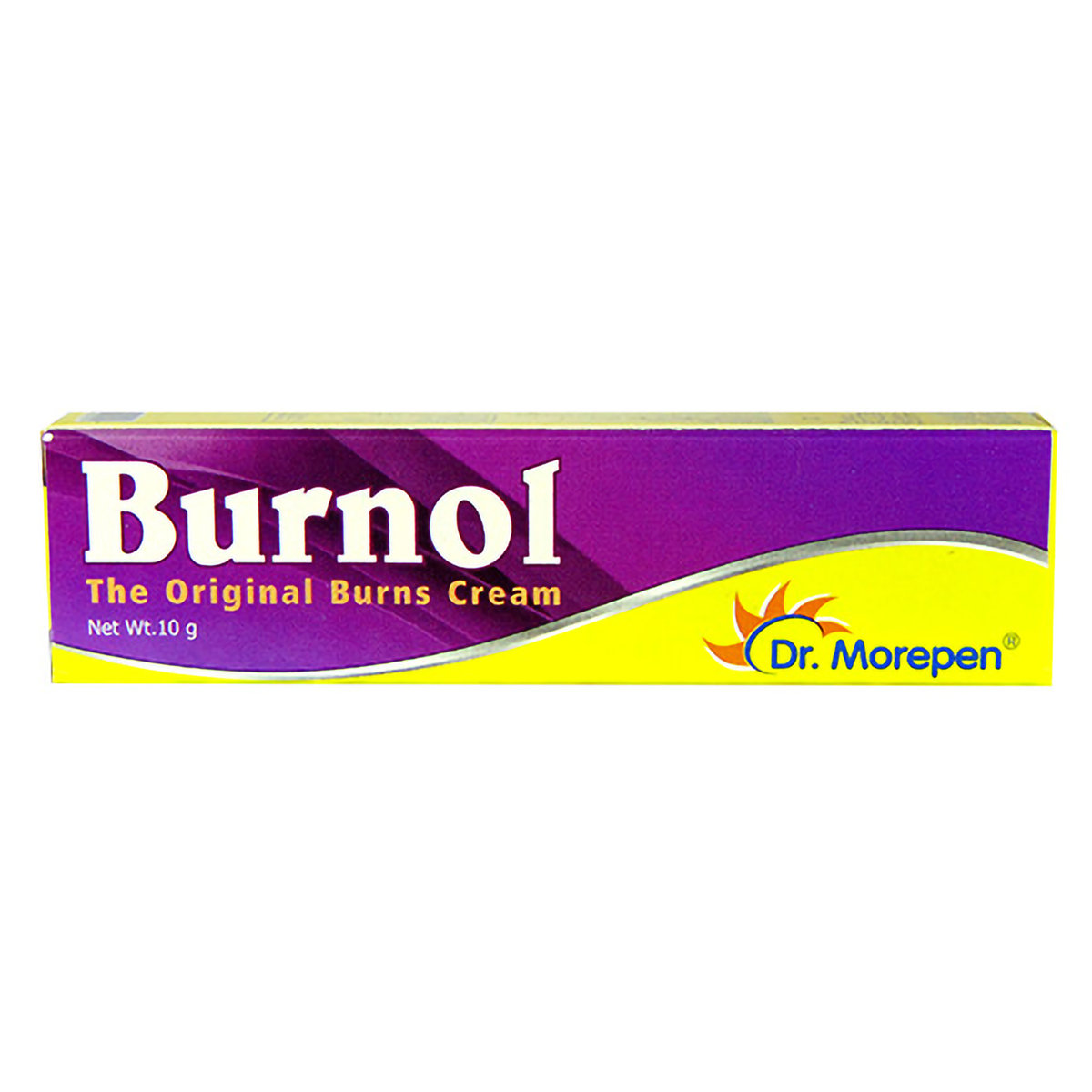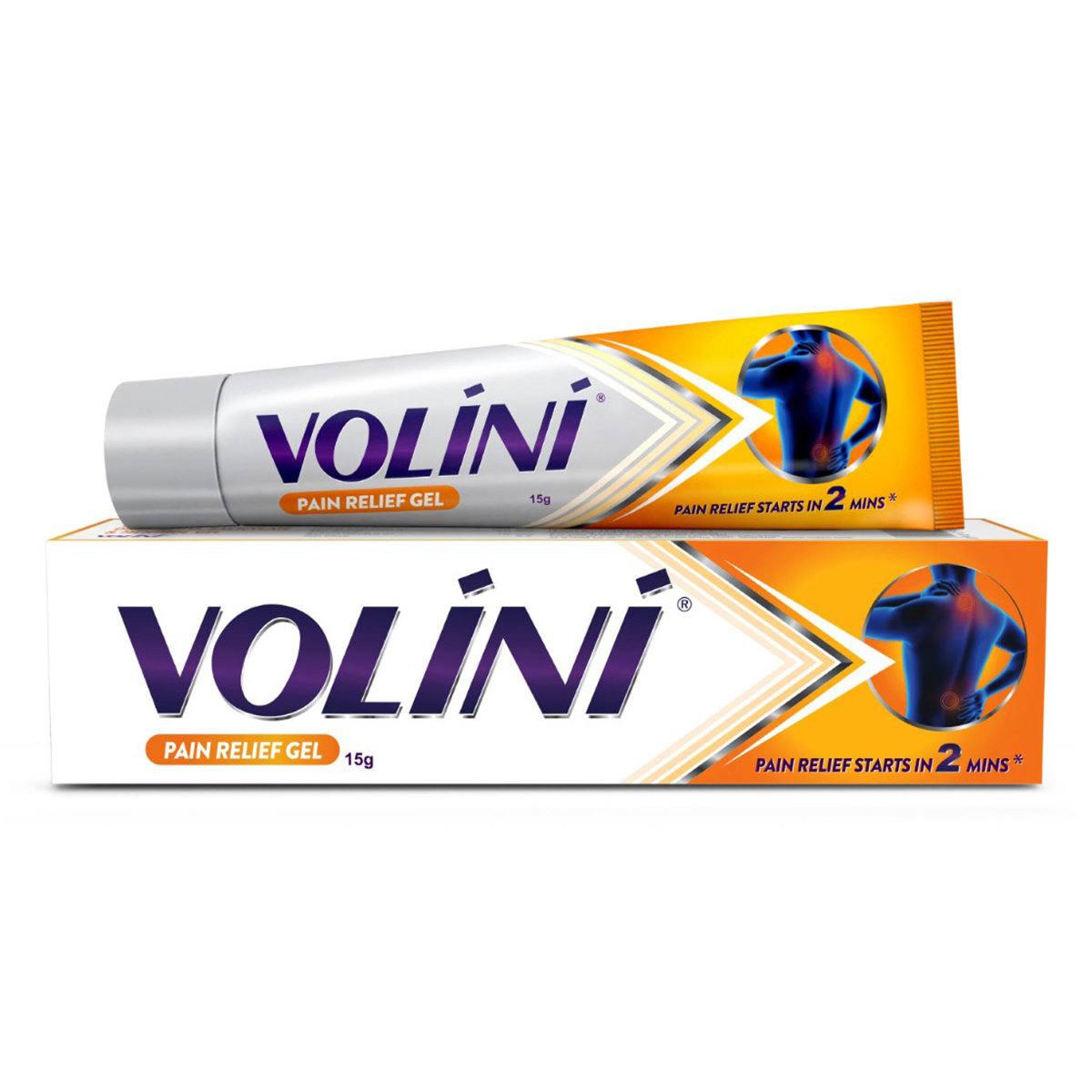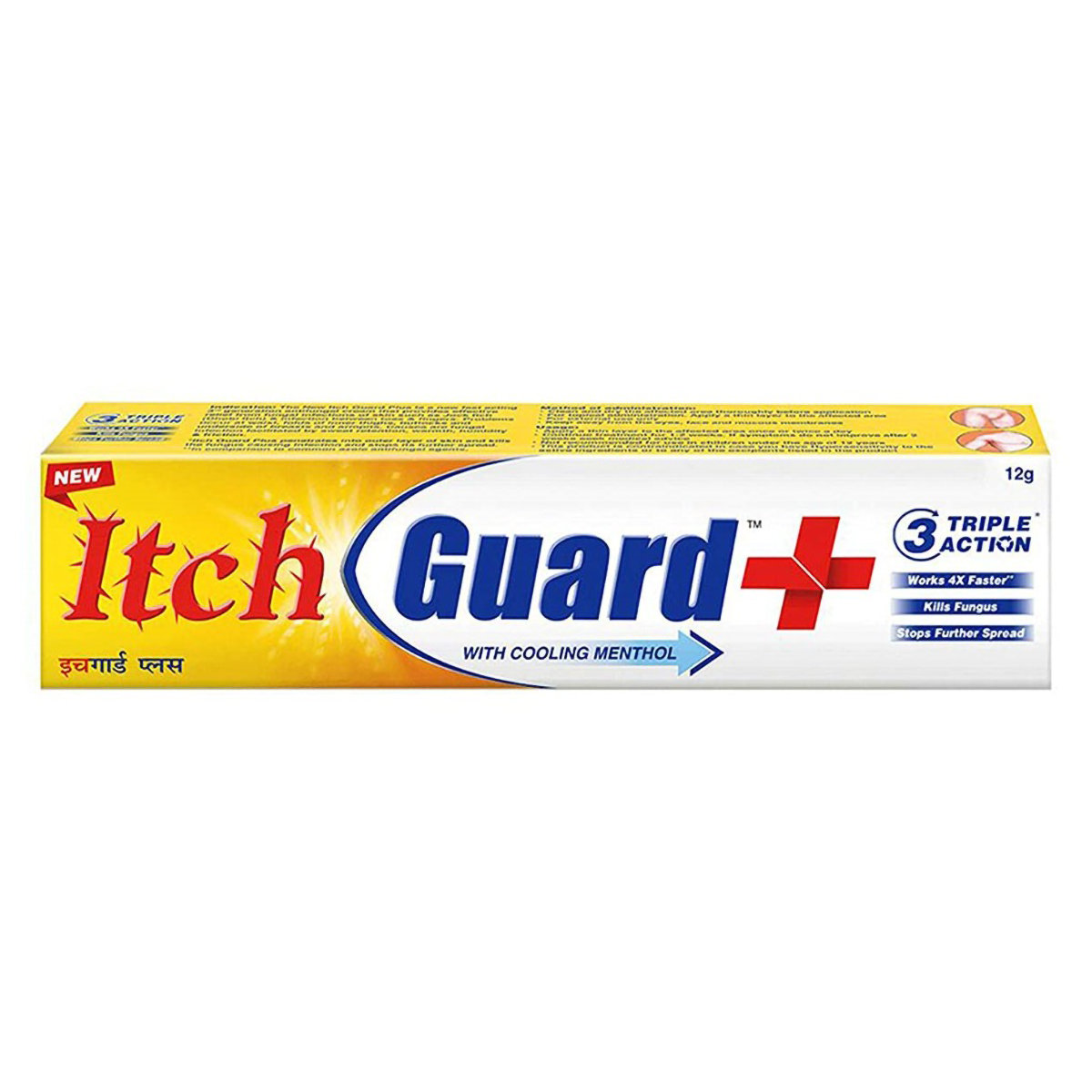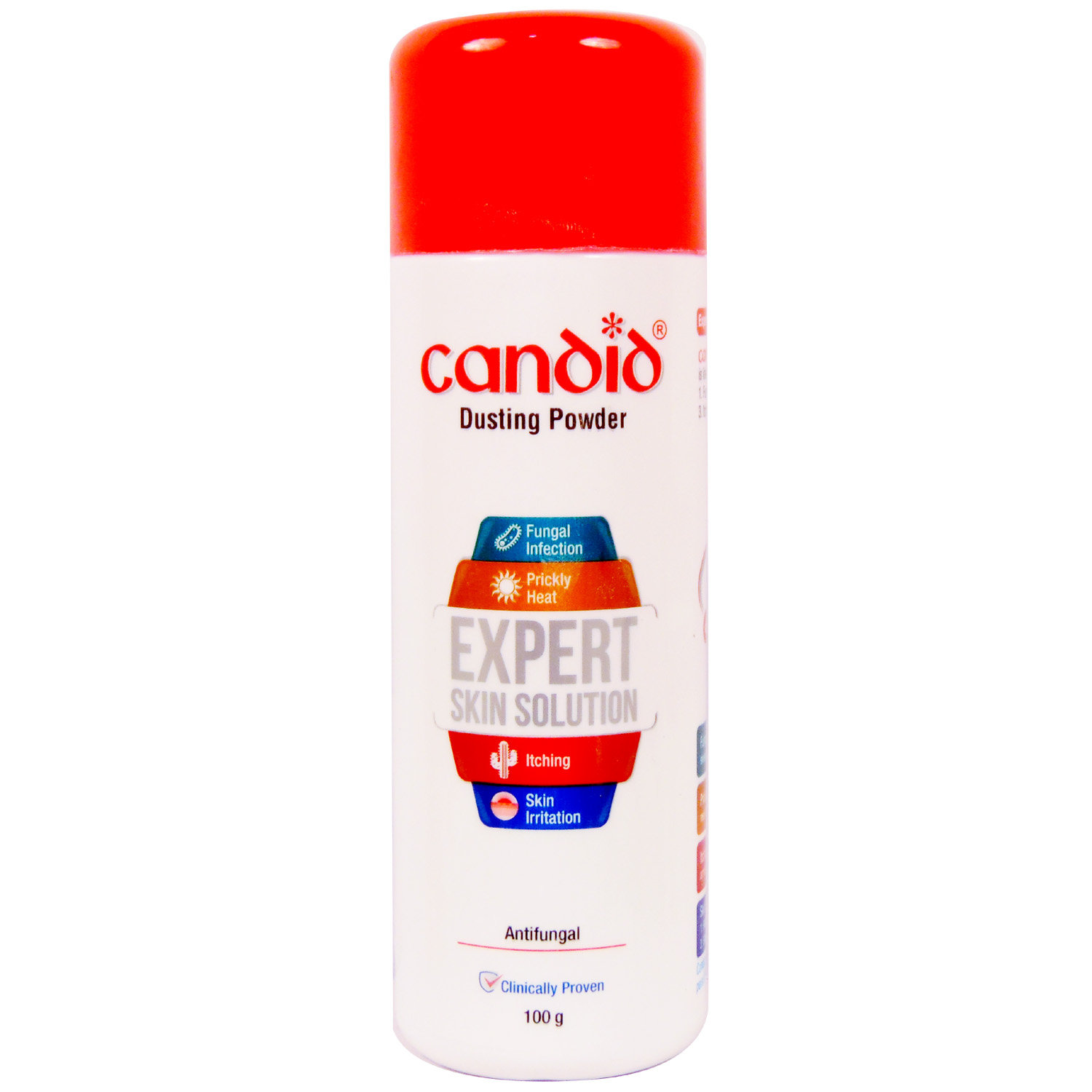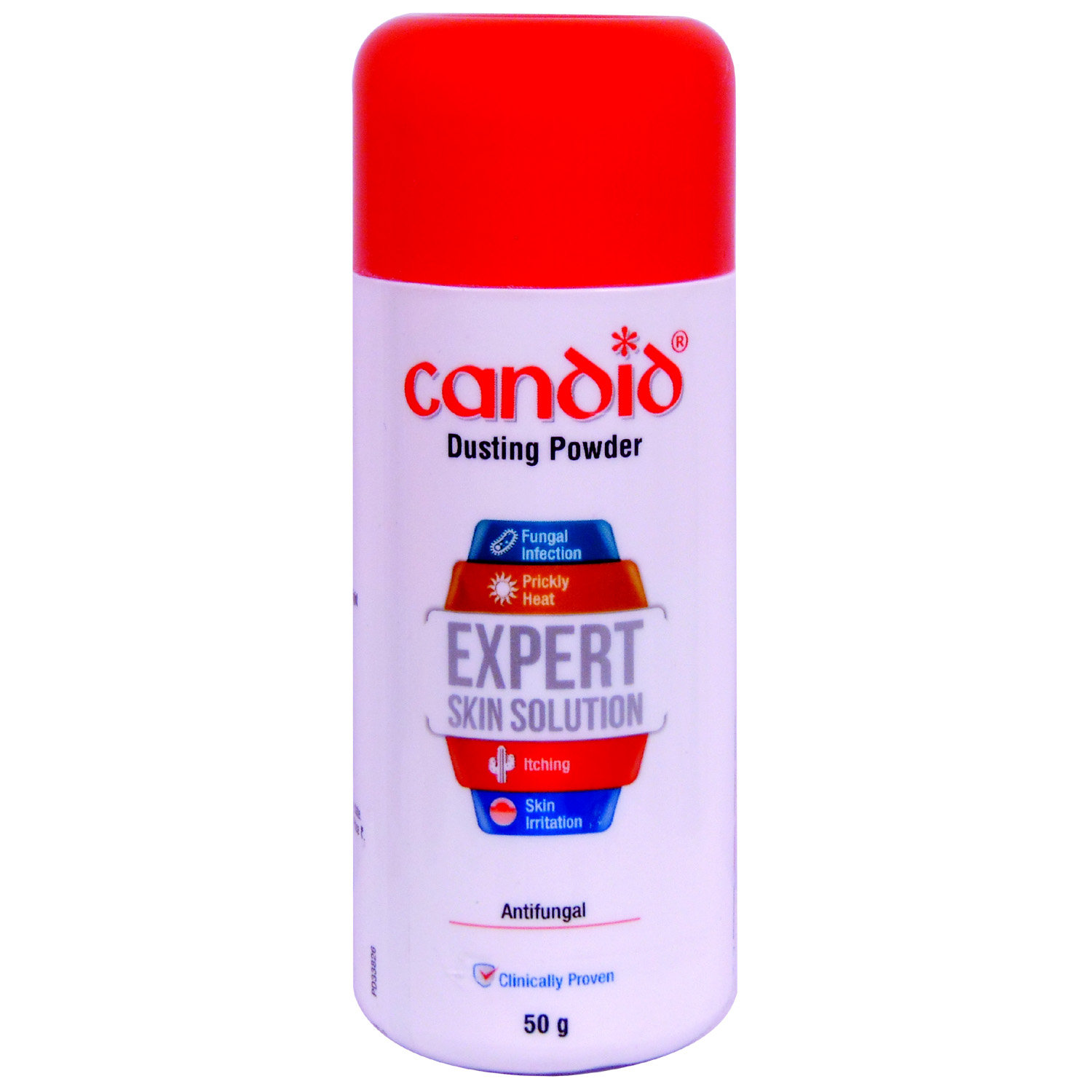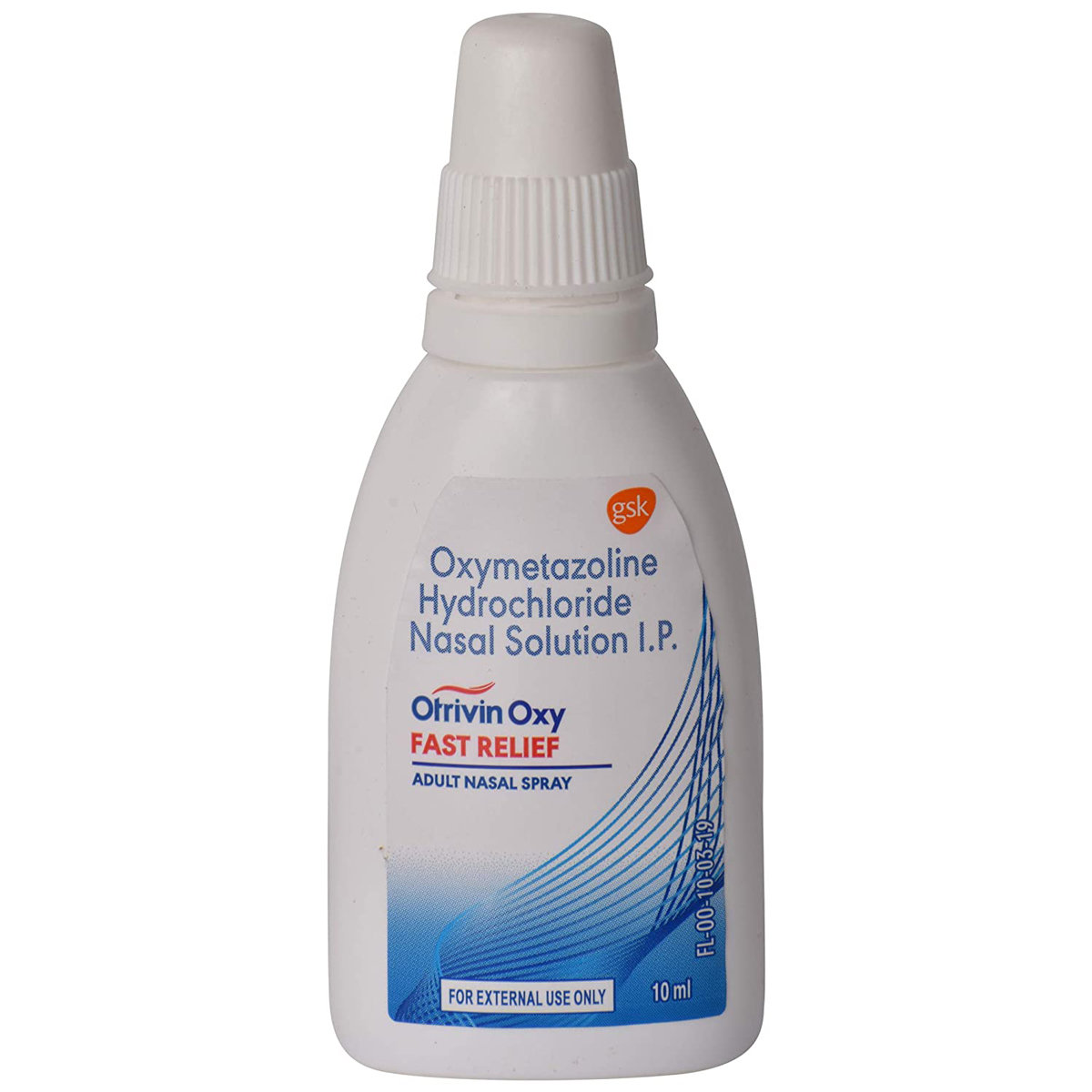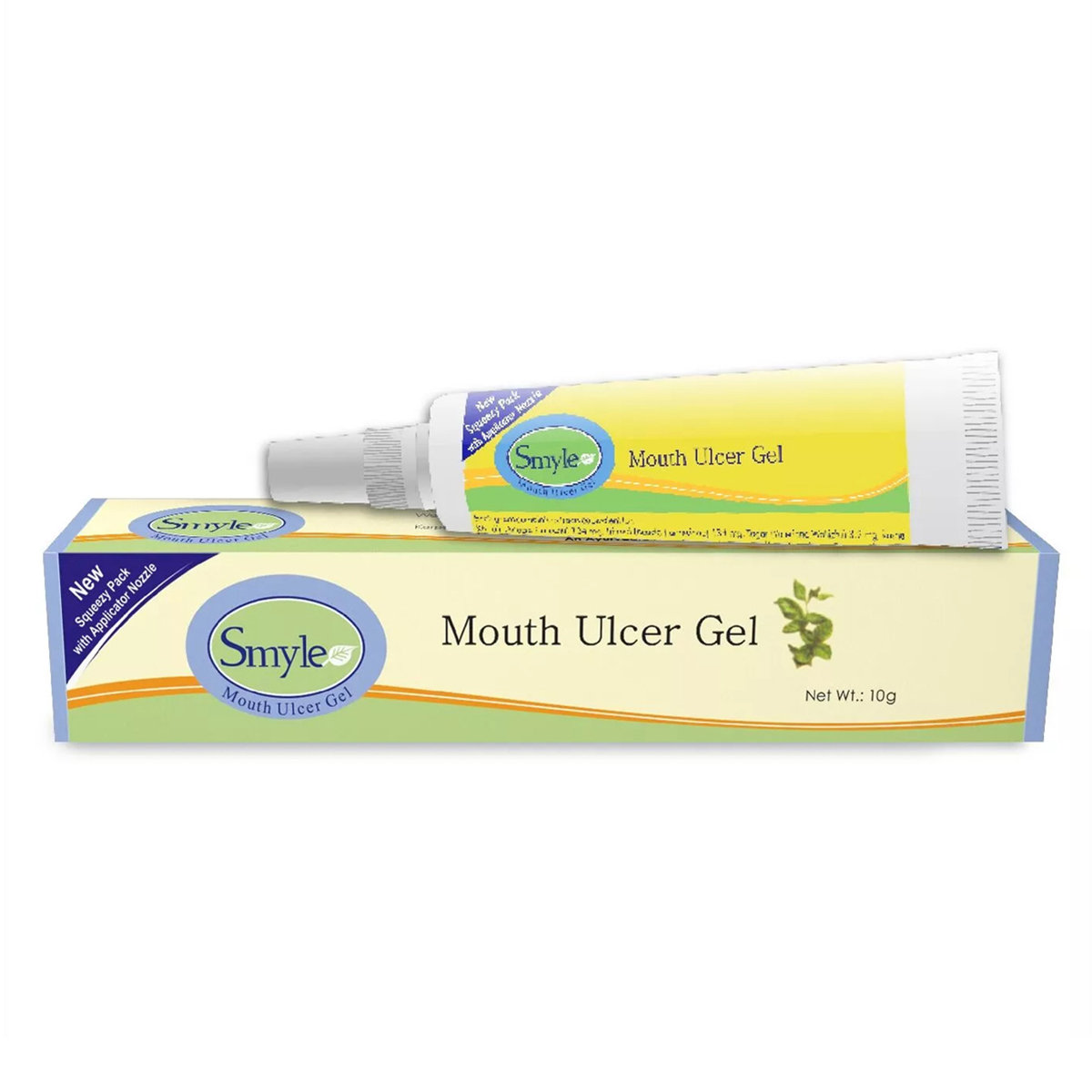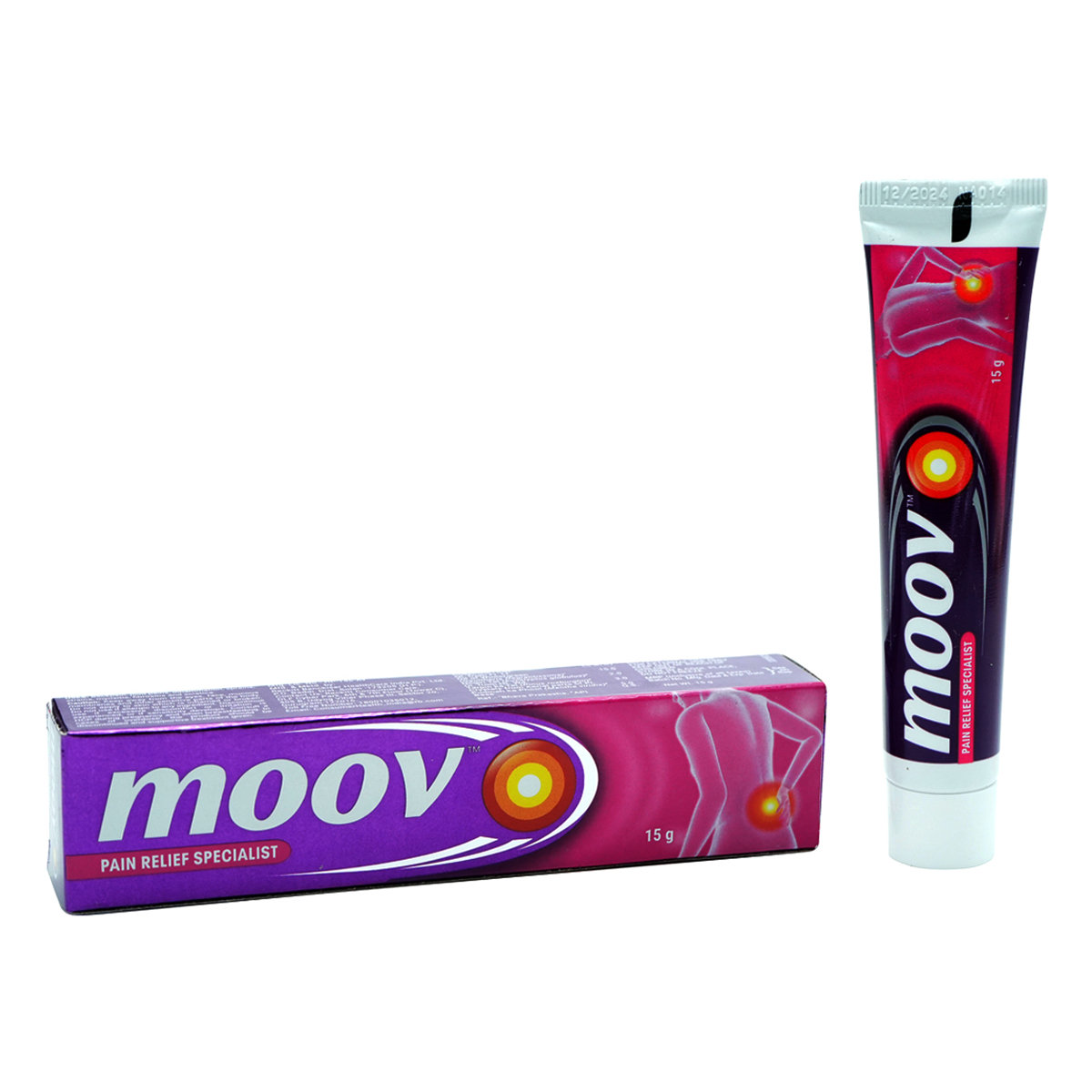Candiderma Plus Cream 5 gm

MRP ₹121
(Inclusive of all Taxes)
₹18.1 Cashback (15%)
know your delivery time
Provide Delivery Location
Manufacturer/Marketer :
Consume Type :
Expires on or after :
Return Policy :
Selected Pack Size:5 gm
5 gm ₹108.9
(₹21.78 per gm)
In Stock

Secure Payment

Trusted by 8 Crore Indians

Genuine Products
Therapeutic Class
Country of origin
Manufacturer/Marketer address
Author Details
We provide you with authentic, trustworthy and relevant information
Disclaimer
Alcohol
Safe if prescribed
No interactions were found/established.
Pregnancy
Consult your doctor
There is limited data on how the Candiderma Plus Cream 5 gm affects pregnancy. Please consult your doctor if you are planning to become pregnant or already pregnant before starting Candiderma Plus Cream 5 gm.
Breast Feeding
Consult your doctor
Please consult your doctor before using Candiderma Plus Cream 5 gm if you are breastfeeding. If you need to apply the cream on your breasts, don't do this shortly before giving a feed.
Driving
Safe if prescribed
Candiderma Plus Cream 5 gm has no or negligible influence on the ability to drive or use machines.
Liver
Consult your doctor
Inform your doctor if you have any history of liver diseases or hepatic impairment before using Candiderma Plus Cream 5 gm.
Kidney
Consult your doctor
Inform your doctor if you have any history of kidney diseases before using Candiderma Plus Cream 5 gm.
Children
Safe if prescribed
Candiderma Plus Cream 5 gm is not recommended for children below nine years of age.
Product Substitutes
About Candiderma Plus Cream 5 gm
Candiderma Plus Cream 5 gm is used to treat various fungal and bacterial skin infections. It treats skin inflammation due to allergies or irritants, eczema (inflamed, itchy, cracked and rough skin patches), psoriasis (skin cells multiply rapidly to form bumpy (uneven) red patches covered with white scales), ringworm, athlete’s foot (fungal infection between the toes), jock itch (fungal infection in the skin of the genitals, inner thighs and buttocks), candidiasis (yeast infection), insect bites, and stings.
Candiderma Plus Cream 5 gm contains Clotrimazole (antifungal), Neomycin (antibiotic) and Beclomethasone (steroid). Clotrimazole is an antifungal medication that stops the growth of fungi by causing damage and leakage to the fungal cell membrane. Neomycin is an aminoglycoside antibiotic used in treating bacterial and fungal infections of the skin. It prevents the synthesis of essential proteins required by bacteria to carry out vital functions. On the other hand, Beclomethasone is a corticosteroid and blocks prostaglandin's production (chemical messengers) that make the affected area red, swollen and itchy.
Candiderma Plus Cream 5 gm is for topical (for skin) use only. If the medicine gets into your eyes, nose or mouth, rinse with cold water. Common side effects of Candiderma Plus Cream 5 gm include erythema (redness of the skin), stinging, blistering, peeling, pruritus (irritation of the skin causing an urge to scratch), itching, dryness and burning sensation at the application site. These side effects do not require medical attention and gradually resolve over time. However, if the side effects are persistent, please consult your doctor.
Do not use topical Candiderma Plus Cream 5 gm on open wounds, blisters and lesions. Candiderma Plus Cream 5 gm is not for oral, ophthalmic (eye) or intravaginal use. Do not put a dressing or bandage on the affected area since it increases the risk of side effects. Please check with your doctor before using Candiderma Plus Cream 5 gm, if you have liver or kidney diseases. Pregnant and breastfeeding mothers should consult the doctor before starting Candiderma Plus Cream 5 gm.
Uses of Candiderma Plus Cream 5 gm
Medicinal Benefits Mweb
Key Benefits
Candiderma Plus Cream 5 gm comprises Clotrimazole, Neomycin, and Beclomethasone. Clotrimazole is an antifungal medication that stops the growth of fungi by causing damage and leakage to the fungal cell membrane. Neomycin is an aminoglycoside antibiotic and treats bacterial and fungal infections of the skin. It prevents the synthesis of essential proteins required by bacteria to carry out vital functions and has broad-spectrum activity against aerobic Gram-positive and Gram-negative bacteria. Beclomethasone is a corticosteroid and blocks prostaglandin's production (chemical messengers) that make the affected area red, swollen and itchy. With its anti-inflammatory and vasoconstrictive properties, Beclomethasone treats eczema, psoriasis and dermatitis.
Directions for Use
Side Effects of Candiderma Plus Cream 5 gm
- Erythema (redness of the skin)
- Stinging
- Blistering
- Peeling
- Pruritus (irritation of the skin causing an urge to scratch)
- Itching
- Dryness
- Burning sensation at the application site
Drug Warnings
Before using Candiderma Plus Cream 5 gm, let your doctor know if have a history of liver or kidney diseases or allergic reactions to steroid medicines and antibiotics. Avoid smoking or going near naked flames since Candiderma Plus Cream 5 gm can catch fire and burn easily. Avoid applying Candiderma Plus Cream 5 gm cream on sunburns, lesions, blisters and open wounds. Candiderma Plus Cream 5 gm is not for oral, ophthalmic (for the eye) or intravaginal use. Do not wash the treated areas for a minimum of 3 hours after you apply Candiderma Plus Cream 5 gm. Pregnant and breastfeeding mothers should consult the doctor before starting Candiderma Plus Cream 5 gm.
Drug-Drug Interactions
Drug-Drug Interactions
Login/Sign Up
Drug-Food Interactions
Drug-Food Interactions
Login/Sign Up
Drug-Diseases Interactions
Drug-Diseases Interactions
Login/Sign Up
Habit Forming
Special Advise
It is advised to reach out to your doctor if the fungal infection symptoms persist or worsen after two weeks of treatment.
Diet & Lifestyle Advise
- Use mild soap while taking baths and prefer warm baths.
- Always wear loose-fitting clothes to avoid further sweat and the spread of the fungal infection.
- Regularly change your socks and wash your feet. Avoid shoes that make your feet sweaty and hot.
- Do not walk barefoot at places like gym showers to prevent fungal and bacterial infections.
- Do not scratch the affected area of the skin as it can spread the infection to other body parts.
- Avoid sharing towels, combs, bedsheets, shoes or socks with others.
- Wash your bed sheets and towels regularly.
- Avoid or limit the intake of alcohol and caffeine.
- Manage stress, eat healthily, drink plenty of water, exercise regularly and get plenty of sleep.
All Substitutes & Brand Comparisons
RX
Out of StockClomazole SN Cream 15 gm
Adonis Laboratories Pvt Ltd
₹60
(₹3.6/ 1gm)
83% CHEAPER

Have a query?
Buy best Skin Disorders products by
Sun Pharmaceutical Industries Ltd
Glenmark Pharmaceuticals Ltd
Cipla Ltd
Oaknet Healthcare Pvt Ltd
Ranbaxy Laboratories Ltd
Salve Pharmaceuticals Pvt Ltd
Torrent Pharmaceuticals Ltd
Dr Reddy's Laboratories Ltd
Karlin Pharmaceuticals & Exports Pvt Ltd
Merck Ltd
Micro Labs Ltd
Abbott India Ltd
Alkem Laboratories Ltd
East West Pharma India Pvt Ltd
Intas Pharmaceuticals Ltd
Leeford Healthcare Ltd
Mohrish Pharmaceuticals Pvt Ltd
P and P Dermaceuticals Pvt Ltd
Surecare Pharma Pvt Ltd
Wockhardt Ltd
Canixa Life Sciences Pvt Ltd
Geno Pharmaceuticals Pvt Ltd
GlaxoSmithKline Pharmaceuticals Ltd
Apex Laboratories Pvt Ltd
Dabur India Ltd
Fourrts India Laboratories Pvt Ltd
Fulford India Ltd
Indi Pharma Pvt Ltd
Lupin Ltd
Mankind Pharma Pvt Ltd
Monichem Healthcare Pvt Ltd
Novartis India Ltd
NuLife Pharmaceuticals
Saf Fermion Ltd
Wallace Pharmaceuticals Pvt Ltd
A. Menarini India Pvt Ltd
Acme Corporation
Ajanta Pharma Ltd
Alembic Pharmaceuticals Ltd
An Pharmaceuticals Pvt Ltd
Apple Therapeutics Pvt Ltd
Biocon Ltd
Comed Chemicals Ltd
Dwd Pharmaceuticals Ltd
Dynamic Techno Medicals
E Merck India Ltd
H&H Pharmaceuticals Ltd
Hegde & Hegde Pharmaceutica Llp
Kaizen Pharmaceuticals Pvt Ltd
Klm Laboratories Pvt Ltd
Kremoint Pharma Pvt Ltd
Liva Health Care Ltd
Macleods Pharmaceuticals Ltd
Menarini India Pvt Ltd
Shalaks Pharmaceuticals Pvt Ltd
Stedman Pharmaceuticals Pvt Ltd
Unichem International
Yash Pharma Laboratories Pvt Ltd
Zee Laboratories Ltd
Adonis Laboratories Pvt Ltd
Alive Pharmaceutical Pvt Ltd
Amwill Healthcare Pvt Ltd
Apple Pharmaceuticals
Athens Labs Ltd
Aventis Pharma
Bayer Corporation
Bayer Pharmaceuticals Pvt Ltd
Bellissa Pharmaceuticals Pvt Ltd
Biochem Pharmaceutical Industries Ltd
Bion Therapeutics (I) Pvt Ltd
Blue Cross Laboratories Pvt Ltd
Cadila Healthcare Ltd
Cadila Pharmaceuticals Ltd
Centaur Pharmaceuticals Pvt Ltd
Concept Pharmaceuticals Ltd
Corona Remedies Pvt Ltd
Cosme Healthcare
DR Johns Lab Pharma Pvt Ltd
Dan Laboratories
Dermocare Laboratories Gujarat Llp
Dollar Company Pvt Ltd
Elder Pharmaceuticals Ltd
Emcee Pharmaceuticals (P) Ltd
Eskon Pharma
FDC Ltd
Fem Care Pharma Ltd
Finn Cosmeceutical Pvt Ltd
Galaxus Pharmaceuticals
Galaxy Biotech
Galderma India Pvt Ltd
Gary Pharmaceuticals Pvt Ltd
Gland Pharma Ltd
Gopish Pharma Ltd
Grefith Life Sciences Pvt Ltd
Ind Swift Laboratories Ltd
Indus Life Sciences Pvt Ltd
Insula Pharmaceuticals Pvt Ltd
Intermed Pharma Pvt Ltd
Intra Labs India Pvt Ltd
Janssen Pharmaceuticals Pvt Ltd
Customers Also Bought





